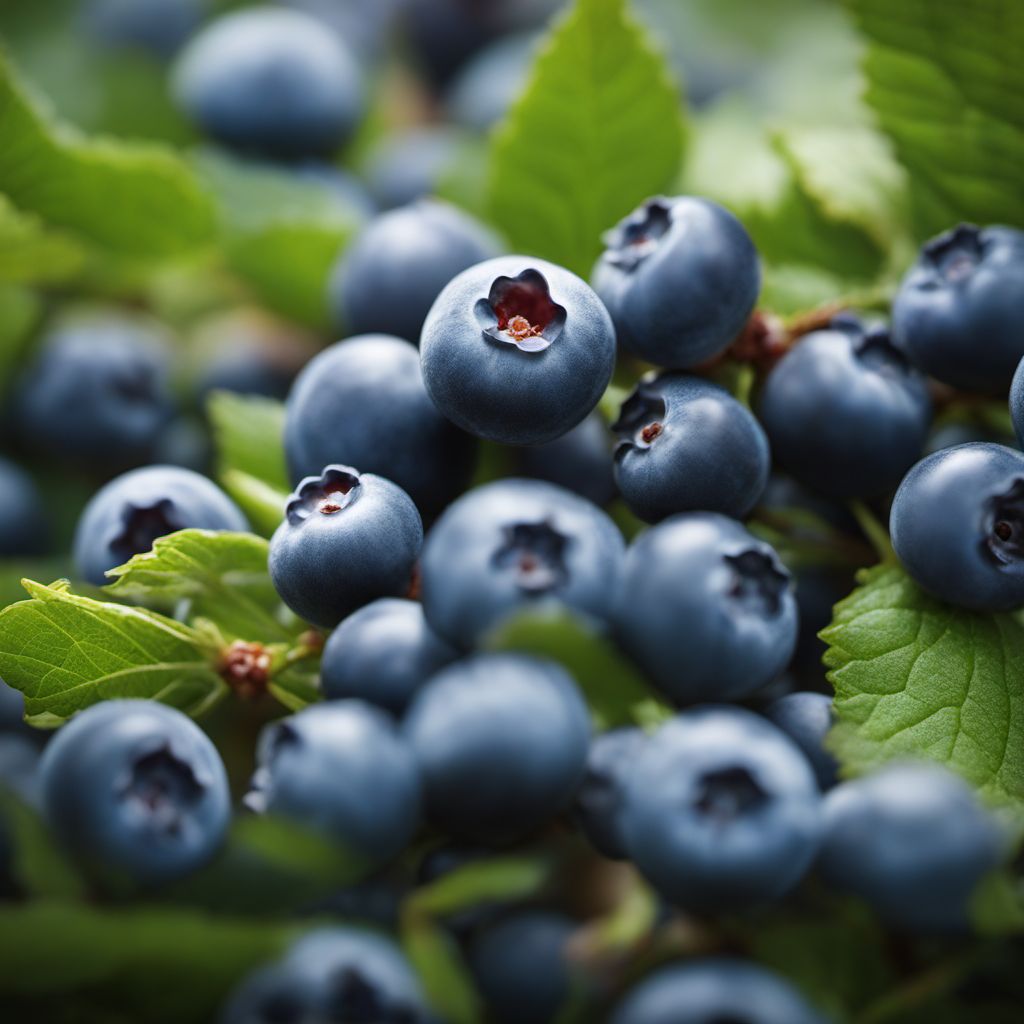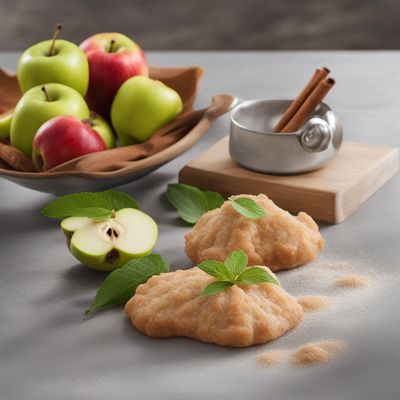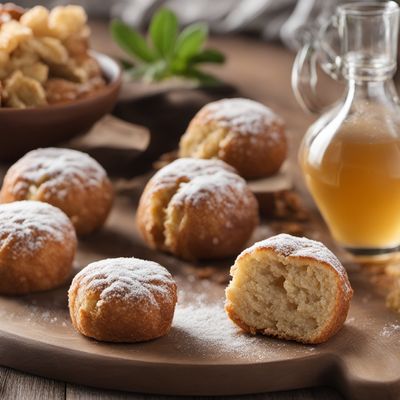
Ingredient
Northern highbush blueberry
The Burst of Summer in Every Bite
Northern highbush blueberries are small, round berries with a deep blue-purple color. They have a sweet and tangy flavor, with a hint of acidity. The berries have a firm texture and a thin skin that pops with juiciness when bitten into. These versatile berries can be enjoyed fresh, frozen, or incorporated into a wide range of culinary creations.
Origins and history
Northern highbush blueberries are native to North America and have been enjoyed by Indigenous peoples for centuries. They were later cultivated by European settlers and have since become a beloved fruit worldwide. Blueberries are often associated with summer and are a staple in many traditional American desserts, such as blueberry pies and cobblers.
Nutritional information
Northern highbush blueberries are low in calories and packed with antioxidants, fiber, and vitamins. They are particularly rich in vitamin C and vitamin K. Blueberries are also known for their anti-inflammatory properties and potential health benefits, such as improving brain function and promoting heart health.
Allergens
There are no known allergens associated with northern highbush blueberries.
How to select
When selecting northern highbush blueberries, look for berries that are plump, firm, and have a deep blue-purple color. Avoid berries that are soft, moldy, or have a dull appearance. Fresh blueberries are typically available during the summer months and can be found in grocery stores, farmers markets, or picked directly from blueberry farms.
Storage recommendations
To maintain the freshness of northern highbush blueberries, store them in the refrigerator in a breathable container or a perforated plastic bag. Avoid washing the berries until ready to use, as excess moisture can cause them to spoil faster. Blueberries can also be frozen for long-term storage.
How to produce
Northern highbush blueberries can be grown by amateurs in regions with suitable climates. They require acidic soil, full sun exposure, and regular watering. Blueberry bushes can be planted in containers or directly in the ground, making them a great addition to home gardens.
Preparation tips
Northern highbush blueberries can be enjoyed fresh as a snack, added to smoothies, salads, or yogurt, or used in a variety of sweet treats, such as pies, muffins, and pancakes. They can also be cooked down into a compote or sauce to accompany savory dishes like roasted meats or grilled vegetables.
Substitutions
Wild blueberries or other varieties of cultivated blueberries can be used as substitutes for northern highbush blueberries. However, the flavor and texture may vary slightly.
Culinary uses
Northern highbush blueberries are incredibly versatile and can be used in a wide range of culinary applications. They are commonly used in baked goods, jams, jellies, sauces, and desserts, such as pies, tarts, and ice creams.
Availability
Northern highbush blueberries are commonly cultivated in North America, particularly in regions with suitable climates, such as the United States and Canada. They are also grown in other parts of the world, including Europe and Asia.
More ingredients from this category
Recipes using Northern highbush blueberry

Guangxi-style Stuffed Torta
Savory Delight: Guangxi-inspired Stuffed Torta

Venezuelan Pie Floater
Savory Meat Pie in a Venezuelan Twist

Kenyan-style Stuffed Meat Pie
Savory Delight: Kenyan-style Stuffed Meat Pie

Brandenburg Paparajotes
Crispy Delights: Brandenburg Paparajotes

Belgian Kroakemandels
Crispy Delights: Belgian Kroakemandels
